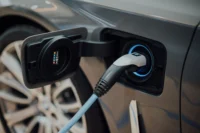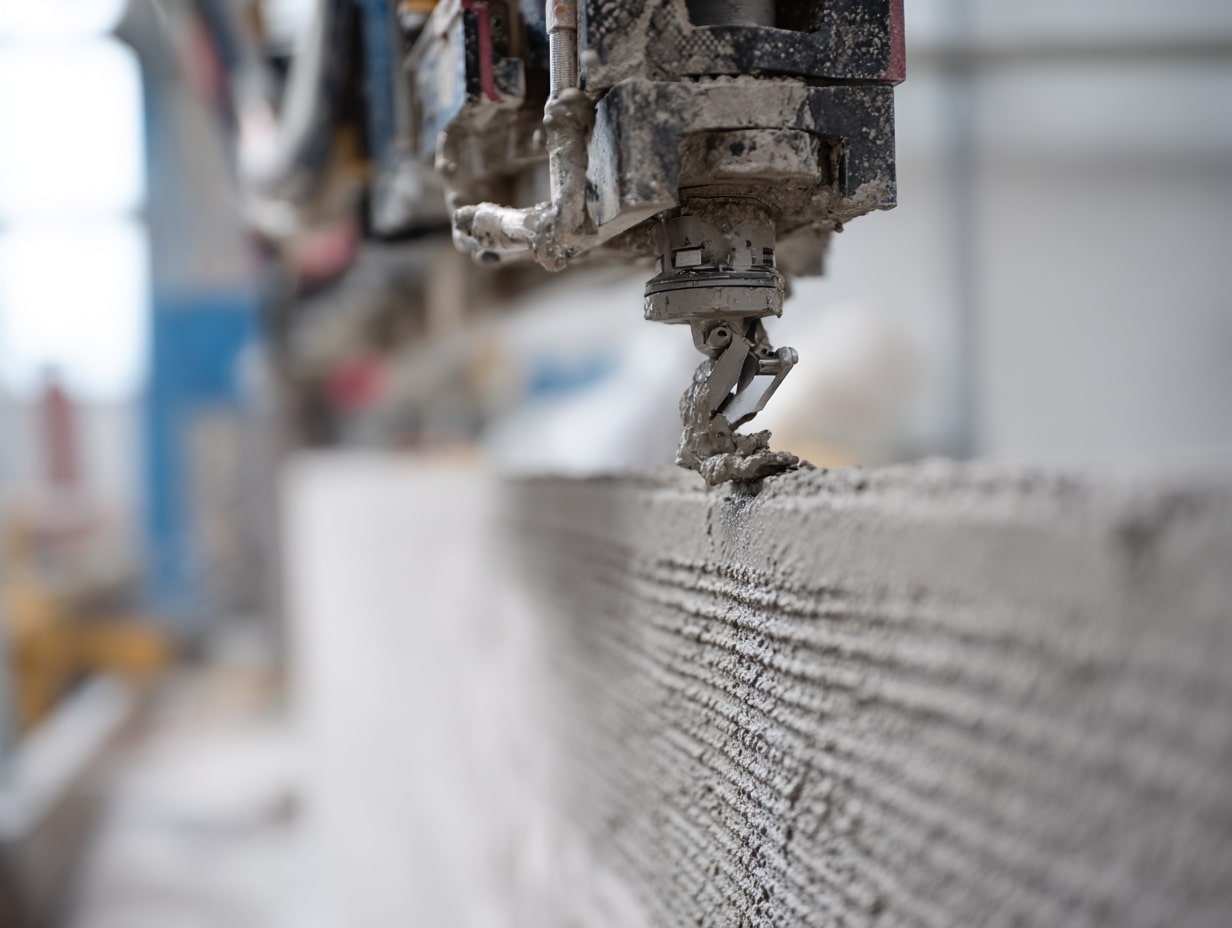- Home
- Articles
- Architectural Portfolio
- Architectral Presentation
- Inspirational Stories
- Architecture News
- Visualization
- BIM Industry
- Facade Design
- Parametric Design
- Career
- Landscape Architecture
- Construction
- Artificial Intelligence
- Sketching
- Design Softwares
- Diagrams
- Writing
- Architectural Tips
- Sustainability
- Courses
- Concept
- Technology
- History & Heritage
- Future of Architecture
- Guides & How-To
- Art & Culture
- Projects
- Interior Design
- Competitions
- Jobs
- Store
- Tools
- More
- Home
- Articles
- Architectural Portfolio
- Architectral Presentation
- Inspirational Stories
- Architecture News
- Visualization
- BIM Industry
- Facade Design
- Parametric Design
- Career
- Landscape Architecture
- Construction
- Artificial Intelligence
- Sketching
- Design Softwares
- Diagrams
- Writing
- Architectural Tips
- Sustainability
- Courses
- Concept
- Technology
- History & Heritage
- Future of Architecture
- Guides & How-To
- Art & Culture
- Projects
- Interior Design
- Competitions
- Jobs
- Store
- Tools
- More
How to Tell If Your Gutters Need Replacing and What Signs to Look For

Maintaining your home’s gutters is vital for preserving its structural integrity and preventing water damage. Gutters are your home’s first line of defense against rain and moisture, as they direct water away from foundations, walls, and other essential areas. Over time, factors such as wear and tear, environmental conditions, or poor installation can lead to gutter dysfunction. Recognizing when it’s time to replace gutters is imperative to avoid costly repairs down the line.
Table of Contents
ToggleCommon Signs of Gutter Damage
One of the most evident signals that your gutters need replacement is visible physical damage. Look for rust, dents, or holes along the gutter’s surface. Over time, debris can accumulate, leading to blockages that cause water to seep through these damaged areas. If you notice water running down the side of your house rather than through the gutter, it’s a clear indication of malfunction. Furthermore, observe if the gutters are sagging or pulling away from the house. Consulting with Pittsburgh’s trusted gutter experts can help you identify whether these issues require repairs or a full replacement. This could suggest that they are either clogged or have weakened due to age. Signs of water stains on your home’s exterior may also hint at gutter issues. These stains can indicate water is not being properly diverted away from your home.

Growth of Mold and Mildew
The presence of mold and mildew is another critical sign that your gutters may need replacing. When gutters are not working effectively, water can accumulate in affected areas, creating a welcoming environment for mold and mildew growth. This design flaw can lead to health issues for you and your family, including allergies and respiratory problems. Mold thrives in dark, damp areas, and over time, it can spread to other parts of your home, causing further structural damage. Regular cleaning of your gutters can help mitigate these risks, but if growth persists despite cleanings, it could signal that your gutters are inefficient. Furthermore, if mold starts appearing in your home, especially on walls near the gutters, this demonstrates that moisture is seeping through your property’s walls.
Pools of Water Near the Foundation
Spotting water pooling near your home’s foundation is a serious issue that indicates a problem with your gutters. When the gutters are clogged, damaged, or incorrectly installed, they can lead to excess moisture accumulating at the base of your house. This situation can significantly threaten your home’s foundation by leading to cracks or shifts. If left unaddressed, these foundation problems can require extensive and costly repair work that could have been easily avoided. Monitoring the soil conditions around your home can provide significant feedback about your gutter’s functionality. If you frequently see standing water or mud around your foundation, consider this a wake-up call to take action.
Gutter Peeling or Cracking Paint
It can be surprising how often paint issues can indirectly reveal gutter problems. If you notice peeling or cracking paint on your home’s trim or siding, this could signify that water is flowing from inefficient gutters. Persistent moisture can cause not just paint issues but also wood rot and other damage to your home’s exterior. The combination of water cascading where it shouldn’t negatively impact the aesthetics and structural integrity of your home. Regular inspections of your home’s exterior can help you catch these signs early. If you discover paint that appears to be peeling frequently, don’t ignore it—consider the possibility that your gutters are to blame. If you aren’t comfortable investigating this on your own, it might be wise to call in professionals to evaluate the situation.
Debris Accumulation in Gutters
A buildup of leaves, twigs, and debris can hint at either clogged gutters or gutters that aren’t easily directing rainwater. While debris is quite common in most gutters, excessive accumulation can block proper drainage. When water is unable to flow freely through the gutters, it can create additional pressure and lead to gutter damage or overflow. Ensuring regular maintenance and cleaning can prevent this issue, but if you’re finding debris is a recurring problem, it may be time to reevaluate your gutter systems. Poor drainage can also lead to other associated problems, so addressing this issue is essential for protecting your home. Regular inspections or professional services can help mitigate these risks and enhance the longevity of your gutters.

Gutter Leaks During Rainfall
Gutters should direct water away efficiently but if you notice leaks during rain, it could be a sign that replacement is needed. Leaks not only indicate that gutters are not functioning properly, but they can potentially cause water damage to your home’s exterior and foundation. Additionally, dripping gutters can lead to unsightly water stains on your walls, which can further deteriorate the look of your home. If you discover consistent leaks, don’t delay addressing this issue. Regular checks after rainfall can help identify these leaks early and possibly prevent significant problems from occurring later.
Replacing damaged gutters can be a necessary step in ensuring the safety and longevity of your home. Understanding the warning signs makes it easier to take action promptly and effectively. Ultimately, investing in quality gutters will protect your investment and maintain your home’s value.
illustrarch is your daily dose of architecture. Leading community designed for all lovers of illustration and #drawing.
Submit your architectural projects
Follow these steps for submission your project. Submission FormLatest Posts
3D Printed Homes: Time, Cost, and What to Expect
3D printed homes explained: realistic timelines (24–72h walls, 8–16 weeks total), true...
How a Contact Centre Boosts Trust in Your Building Business
In construction, trust is the glue that holds projects together. Clients need...
How Real Time Parcel Geolocation Is Redefining Last Mile Efficiency for Modern Businesses
Last mile delivery has become the most critical point in the customer...
How Can Small Spaces Stay Stylish and Relaxing?
In today’s fast-paced urban lifestyle, small living spaces are becoming increasingly common....












Leave a comment